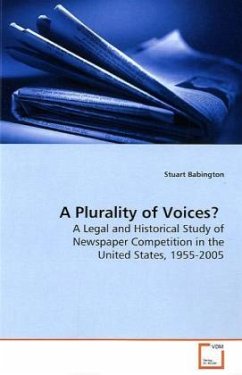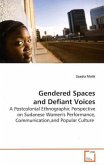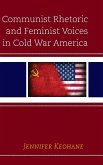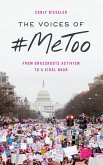The idea that multiple and diverse voices are
essential to a democratic system has held sway with
theorists and jurists for centuries. Newspaper
publishers have by and large fallen into agreement
but have resisted any governmental attempts to ensure
that many newspapers remain relevant in the
marketplace. It was after one such objection in the
early 1960s that the downward spiral of newspapers
began to grow more pronounced.
The rise of television news, growing economic
pressures, the migration of people from the cities to
the suburbs and the changing reading habits of
Americans weakened many newspapers and killed others.
Many other newspapers found security in numbers,
either joining operations with a partner or selling
to enterprising industrialists with ideas of making
profits. The industrialists often found that the
acquisition of multiple communications properties
particularly those in concentrated geographical areas made the publishing business profitable.
This study explores the issue of newspaper
competition through the lenses of legal and
historical evidence. It establishes a context for the
treacherous environment in which newspapers exist
today.
essential to a democratic system has held sway with
theorists and jurists for centuries. Newspaper
publishers have by and large fallen into agreement
but have resisted any governmental attempts to ensure
that many newspapers remain relevant in the
marketplace. It was after one such objection in the
early 1960s that the downward spiral of newspapers
began to grow more pronounced.
The rise of television news, growing economic
pressures, the migration of people from the cities to
the suburbs and the changing reading habits of
Americans weakened many newspapers and killed others.
Many other newspapers found security in numbers,
either joining operations with a partner or selling
to enterprising industrialists with ideas of making
profits. The industrialists often found that the
acquisition of multiple communications properties
particularly those in concentrated geographical areas made the publishing business profitable.
This study explores the issue of newspaper
competition through the lenses of legal and
historical evidence. It establishes a context for the
treacherous environment in which newspapers exist
today.








